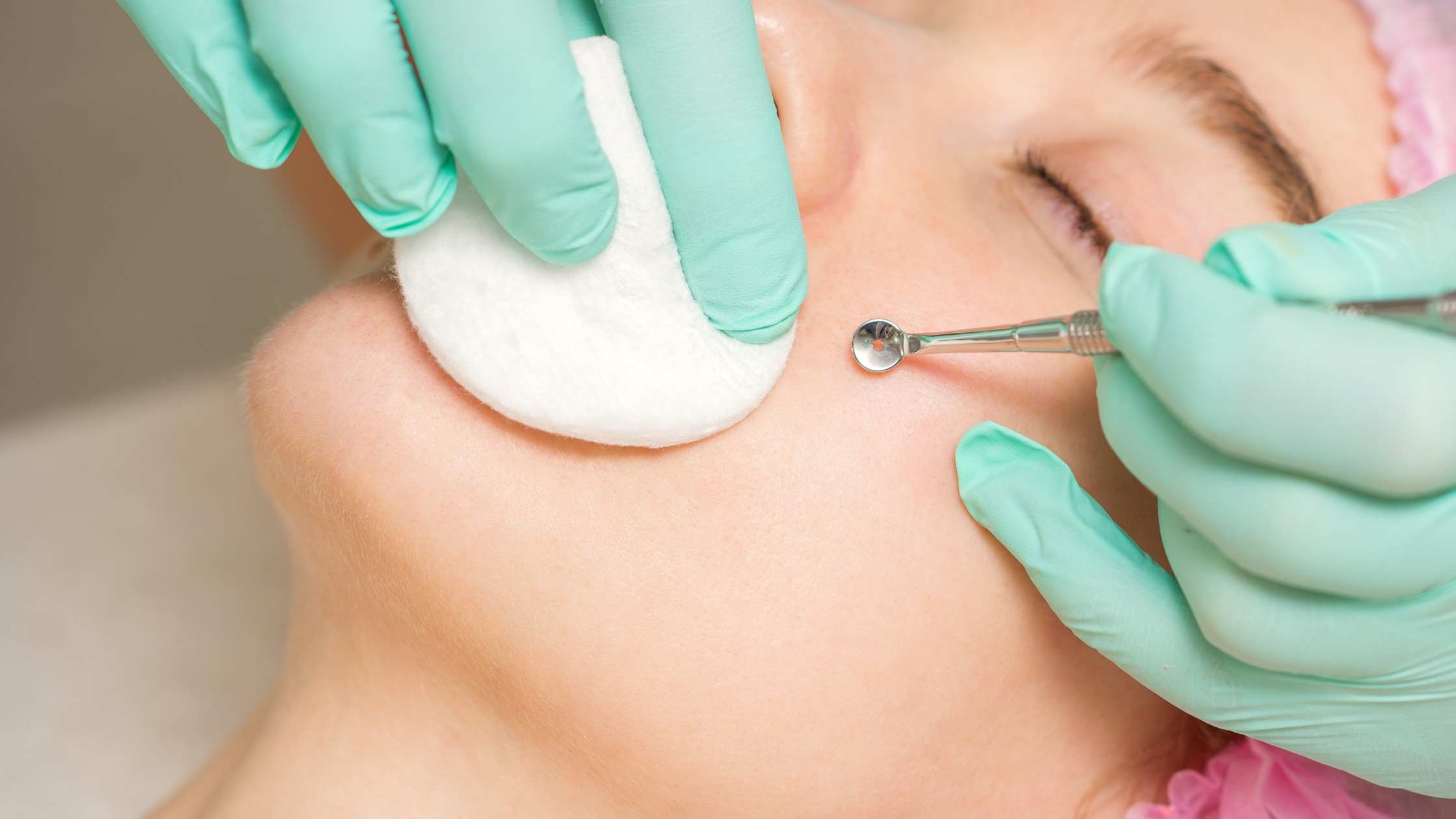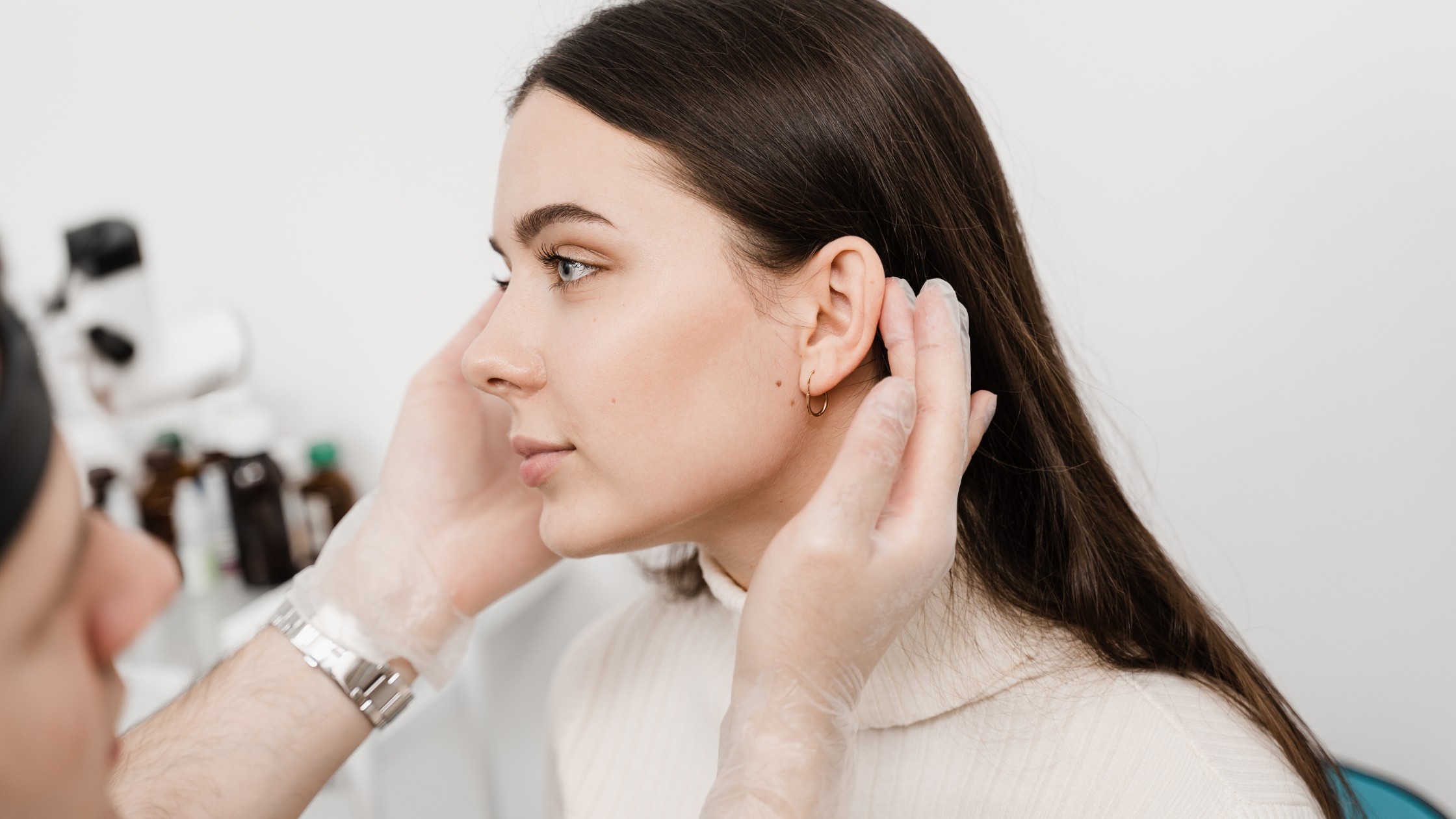Fat transfer to the face is an innovative cosmetic procedure designed to rejuvenate and restore volume to the facial areas that have lost fullness due to aging, weight loss, or other factors. This technique involves harvesting fat from the patient’s own body—typically from areas with excess fat, such as the abdomen or thighs—and then injecting it into specific areas of the face. The goal is to achieve a more youthful, natural-looking appearance by filling in hollow cheeks, softening smile lines, enhancing the contours of the face, and improving skin texture. The use of the patient’s own fat makes this procedure particularly appealing, as it reduces the risk of allergic reactions and ensures a natural feel and appearance.
Turkey has become a leading destination for fat transfer procedures due to its world-class medical infrastructure, experienced cosmetic surgeons, and affordable treatment options. The country’s cosmetic surgery clinics are equipped with the latest technology, and surgeons utilize advanced techniques to optimize the safety and efficacy of the fat transfer process. These factors, combined with the personalized care and attention provided to patients, contribute to the high satisfaction rates among those who choose to undergo cosmetic procedures in Turkey.
Undergoing fat transfer to the face in Turkey offers several benefits. First, patients receive care from highly skilled professionals who are adept at tailoring the procedure to meet individual aesthetic goals, ensuring results that enhance the patient’s natural beauty. Additionally, the cost of cosmetic procedures in Turkey is often significantly lower than in many Western countries, allowing patients to access high-quality treatments without the financial burden.
Moreover, choosing Turkey for a fat transfer procedure allows patients to experience the country’s renowned hospitality and rich cultural heritage. Many medical tourists take advantage of their visit to explore Turkey’s historic sites, enjoy its beautiful landscapes, and indulge in its delicious cuisine. This unique combination of top-tier medical care and a vibrant cultural experience makes Turkey an attractive option for those seeking cosmetic enhancements.
In summary, fat transfer to the face in Turkey represents a compelling choice for individuals looking to rejuvenate their appearance in a natural and effective way. The procedure offers the dual benefits of improving facial fullness and vitality while minimizing concerns related to synthetic fillers or implants. With its blend of expert medical care, affordability, and cultural richness, Turkey provides an ideal setting for those seeking to enhance their appearance and enjoy a positive and enriching medical tourism experience.
FAQ
What is Fat Transfer to Face?
- Fat transfer to the face, also known as fat grafting or facial fat transfer, is a cosmetic procedure that involves transferring fat from one part of the Body to the face in order to restore volume, improve contours, and rejuvenate the facial appearance. It is a natural alternative to synthetic dermal fillers.
Why should I have Fat Transfer to Face?
Fat transfer to the face can be beneficial for individuals who are looking to enhance their facial features and address certain aesthetic concerns. Here are some reasons why people choose to have fat transfer to the face:
- Volume restoration: As we age, the face tends to lose volume, resulting in a hollow or sunken appearance. Fat transfer can restore volume to areas such as the cheeks, temples, and under-eye area, providing a more youthful and rejuvenated look.
- Facial contouring: Fat transfer can help improve facial contours and proportions. It can be used to enhance the cheekbones, define the jawline, or fill in hollow areas, creating a more balanced and harmonious facial appearance.
- Natural and long-lasting results: Since fat transfer utilizes your own fat cells, it offers a natural alternative to synthetic dermal fillers. The transferred fat can provide long-lasting results, and as the procedure uses your body’s own tissues, the risk of allergic reactions or rejection is minimized.
- Dual benefit of liposuction: Fat transfer involves the removal of excess fat from a donor area through liposuction. This can help contour and slim down the donor site, such as the abdomen or thighs, while simultaneously enhancing the face.
- Improved skin quality: The transferred fat contains stem cells, which can contribute to improved skin quality and texture in the treated areas. It can help improve skin elasticity, tone, and overall complexion.
- Customizable treatment: Fat transfer allows for a highly customized approach, as the fat can be injected precisely where it is needed to address specific concerns and achieve desired results.
How long does it take to recover from Fat transfer to Face?
- The recovery time after a fat transfer to the face can vary from person to person, but generally, it involves a relatively short downtime compared to more invasive surgical procedures. Here is a general timeline of what you can expect during the recovery process:
Are there any risks of Fat Transfer to Face?
While fat transfer to the face is generally considered safe, like any surgical procedure, it carries certain risks and potential complications. It’s important to be aware of these risks and discuss them with your plastic surgeon before undergoing the procedure. Some of the potential risks of fat transfer to the face include:
- Infection: Infection is a potential risk with any surgical procedure. Your surgeon will take precautions to minimize the risk of infection, such as using sterile techniques during the procedure and prescribing antibiotics if necessary.
- Bleeding: Excessive bleeding during or after the procedure is a possibility, although it is rare. Your surgeon will take measures to control bleeding during the procedure, and you may be advised to avoid certain medications or substances that can increase the risk of bleeding.
- Asymmetry: There is a slight risk of asymmetry in the treated areas. Skilled surgeons take precautions to ensure symmetry, but minor differences in the fat transfer may occur.
- Overcorrection or undercorrection: Achieving the desired level of correction can be challenging, and there is a possibility of overcorrection or undercorrection.
- Fat absorption: Not all of the transferred fat may survive in its new location. Some degree of fat absorption is expected, which can vary from person to person. Multiple treatment sessions may be needed to achieve the desired outcome.
- Nerve damage: Although rare, there is a potential risk of injury to facial nerves during the procedure, which could result in temporary or permanent numbness, weakness, or changes in facial expression. Choosing an experienced and skilled surgeon can help minimize this risk.
- Scarring: The incisions made for fat extraction and injection are typically small, resulting in minimal scarring. However, in some cases, hypertrophic scars or keloids may form, especially if you have a tendency to develop abnormal scars.
- Skin irregularities: In some cases, irregularities in the skin texture or contour may occur. These can be corrected with additional treatments or procedures if necessary.
How much does Fat Transfer to Face cost in Turkey?
- In Turkey, the average cost of fat transfer to the face ranges from approximately $1,500 to $3,500 USD. However, prices can be higher or lower depending on the factors mentioned above. It’s essential to have a consultation with a plastic surgeon to discuss your specific needs and receive an accurate cost estimate based on your individual case.

















